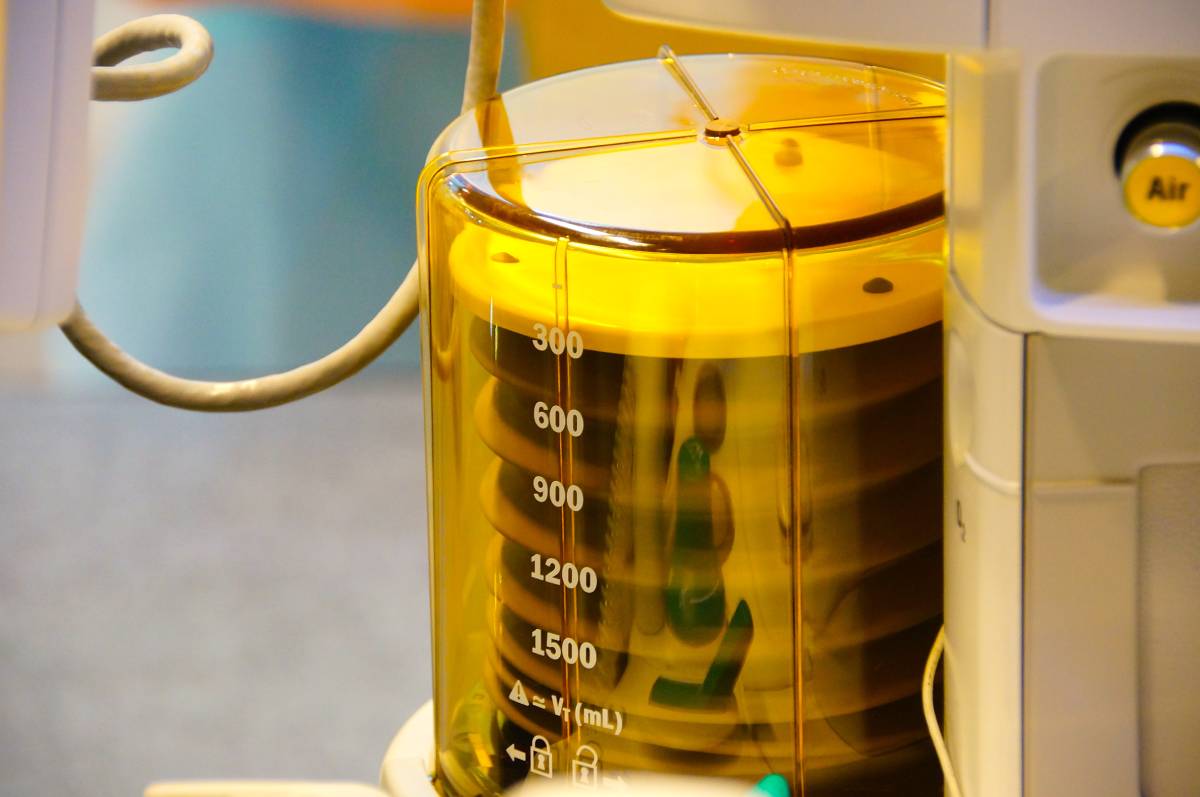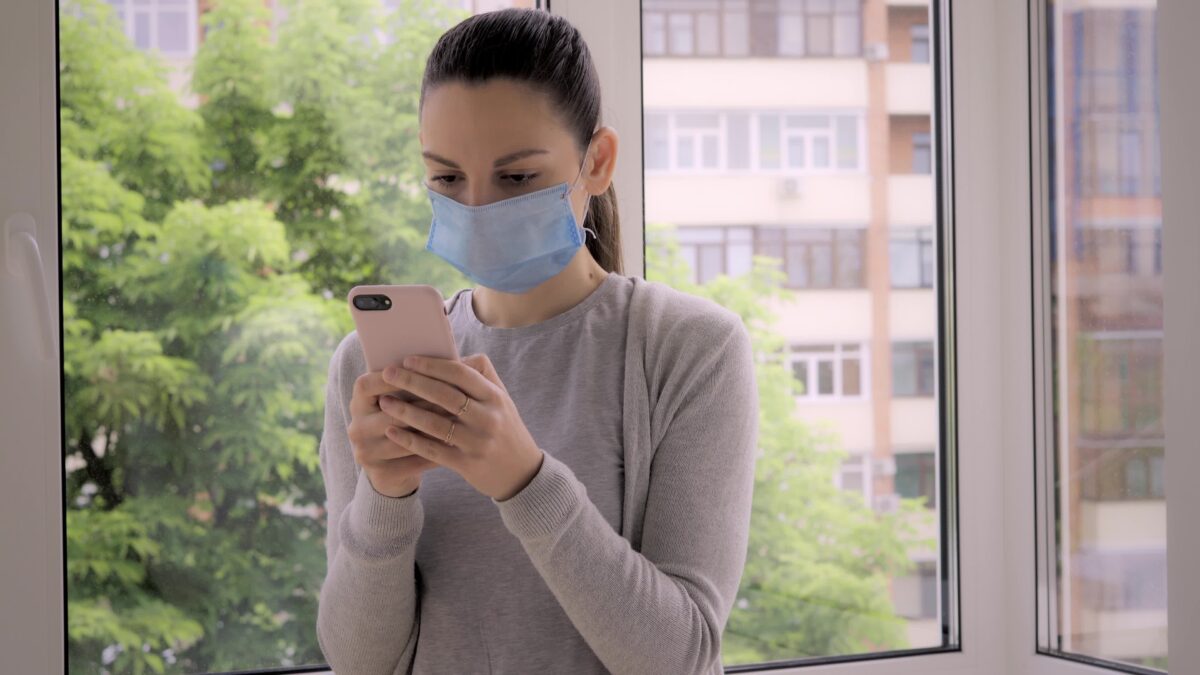The majority of anesthesia care in the United States is safely and effectively provided by teams with both anesthesiologists and Certified Registered Nurse Anesthetists (CRNAs) [1]. Currently, all 50 states utilize anesthesia care teams composed of both anesthesiologists and CRNAs [1].
Until the establishment of anesthesiology as a medical specialty in the United States in the mid-19th century, anesthesia care for surgical patients was mainly provided by trained nurses under the supervision of surgeons [1,2]. As the number of anesthesiologists substantially increased between 1970 and 2000, anesthesia care teams became a popular concept in hospitals [1]. The anesthesia care team is led by anesthesiologists who supervise or medically direct CRNAs [2]. CRNAs are advanced practice registered nurses who receive master’s level education and pass national board certification in the nurse anesthesia specialty [1]. Depending on the circumstances, one anesthesiologist can oversee up to four CRNAs [2]. The supervising anesthesiologist attends key events in anesthetic management, including pre-anesthesia evaluation, induction, emergence, placement of invasive monitoring, post-operative care, and any emergent conditions [2]. By 2007, there were 42,330 anesthesiologists and 36,000 CRNAs registered as anesthesia care providers [1]. In 2019, the anesthesia workforce became balanced with approximately the same number of practicing CRNAs as anesthesiologists (~50,000) [2].
In the United States, the scope of practice for anesthesia providers is determined uniquely by individual state governments [2]. Approximately 65% of CRNAs practice in collaboration with anesthesiologists; 17 states allow CRNAs to practice independently [1,2]. In these states, CRNAs tend to be the sole anesthesia providers, often working in rural hospitals to provide surgical and obstetrical services, trauma stabilization, and interventional diagnostic and pain management capabilities [2,3]. Because CRNAs are able to practice independently in certain areas in the United States, fewer regions experience a shortage of anesthesia care providers that could result in delay or cancellation of surgery [1,3].
The impact of anesthesia provider credentials on patient outcomes frequently has been a research topic [4]. In 2004, researchers in the United Kingdom completed an extensive literature review and concluded that it was not possible to draw a conclusion regarding the differences in patient outcomes as a result of anesthesia provider type [5]. The researchers cited many limitations of previous studies, such as failure to properly define how hospital anesthesia providers are utilized and lack of consideration for resources and systems beyond the anesthesia provider that may impact outcomes [4,5].
In 2009, researchers at Emory University reexamined the impact of anesthesia providers on outcomes, accounting for relevant nursing, medical, and anesthesia resources [4]. The study focused specifically on obstetrical anesthesia and maternal outcomes [4]. The results of the study indicated that hospitals that utilize only CRNAs or anesthesia care teams do not have systematically higher rates of maternal complications [4].
The presence of both CRNAs and anesthesiologists in the anesthesia workforce has facilitated an expansion of anesthesia providers in the United States to match rapidly growing surgical numbers [6]. In states requiring supervision of CRNAs, the anesthesia care team model allows anesthesiologists the flexibility to be outside of the operating room to participate in administrative, research, training, quality, and safety-related activities [2]. In states allowing CRNAs to independently practice, many facilities that otherwise would not have access to anesthesia care benefit from CRNA expertise [4].
References
- Matsusaki, T., & Sakai, T. (2011). The role of Certified Registered Nurse Anesthetists in the United States. Journal of Anesthesia, 25(5), 734-740. doi:10.1007/s00540-011-1193-5
- Atkins, J. (2019). The Anesthesiology Care Team: Who, How, Why? Translational Perioperative and Pain Medicine, 7(1). doi:10.31480/2330-4871/108
- Gunn, I. P. (2000). Rural health care and the nurse anesthetist. CRNA: The Clinical Forum for Nurse Anesthetists, 11(2), 77. PMID:11271044
- Needleman, J., & Minnick, A. (2009). Anesthesia Provider Model, Hospital Resources, and Maternal Outcomes. Health Services Research, 44(2p1), 464-482. doi:10.1111/j.1475-6773.2008.00919.x
- Smith, A., Kane, M., & Milne, R. (2004). Comparative effectiveness and safety of physician and nurse anaesthetists: a narrative systematic review. British Journal of Anaesthesia, 93(4), 540-545. doi:10.1093/bja/aeh240
- Patricia, K. (2019). Anesthesiology Workforce Challenges in the U.S. Translational Perioperative and Pain Medicine, 7(1). doi:10.31480/2330-4871/106










